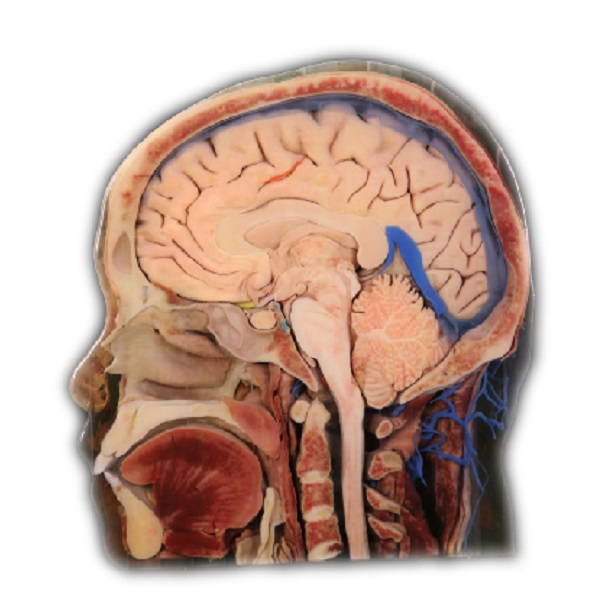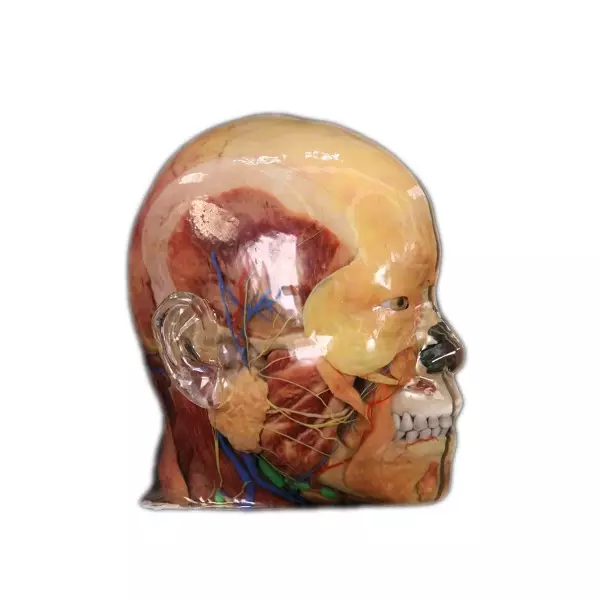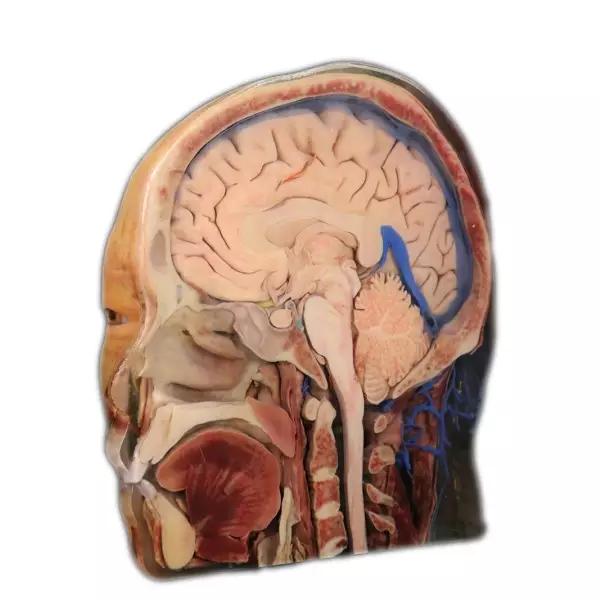
As a passionate advocate for education and scientific advancements, I am thrilled to discuss the incredible benefits of using an anatomical muscle model. This innovative tool has revolutionized the way we study and comprehend the complexities of the human body.
The Power of Anatomical Muscle Models
Anatomical muscle models provide a tangible representation of our intricate muscular system. By accurately depicting each muscle group, these models allow students and professionals alike to visualize and understand how muscles interact within our bodies.
With detailed representations of individual muscles, tendons, and ligaments, these models enable us to explore their functions in different movements. Whether it’s studying biomechanics or planning surgical procedures, this tool offers invaluable insights into human anatomy.
DIGIHUMAN: The Cutting-Edge Advancement
In recent years, technology has further enhanced our understanding through tools like DIGIHUMAN – a digital version of an anatomical muscle model. This groundbreaking software provides interactive 3D visualizations that can be manipulated on screens or even virtual reality platforms.
DIGIHUMAN allows users to zoom in on specific areas, rotate images from various angles, and isolate certain structures for closer examination. It brings anatomy to life with its dynamic features such as simulated movements and cross-sectional views. This level of interactivity takes learning to new heights by engaging multiple senses simultaneously.
The Anatomy Table Screen: Bridging Education Gaps

Another remarkable development is the integration of anatomical muscle models into advanced technologies like anatomy table screens. These touch-sensitive displays offer an immersive experience where users can navigate through layers upon layers of anatomical information with just a swipe or tap.
Anatomy table screens not only provide a comprehensive view of the muscular system but also allow users to access additional information such as muscle origins, insertions, and innervation. This interactive approach fosters a deeper understanding of anatomical relationships and facilitates more effective learning.
In Conclusion
The advent of anatomical muscle models, along with their digital counterparts like DIGIHUMAN and anatomy table screens, has revolutionized the way we study human anatomy. These tools empower students, educators, and medical professionals to explore the complexities of our muscular system in an engaging and interactive manner.
By utilizing these innovative resources, we can enhance our knowledge of human anatomy and pave the way for further advancements in healthcare, research, and education. The future looks bright as we continue to unravel the mysteries hidden within our own bodies through these remarkable technological breakthroughs.


